Did You Know That There Are Three Limes In Malaysia And Each Is Used Differently?
Kaffir lime, Calamansi lime and Key lime are all staples in Malaysian cooking.
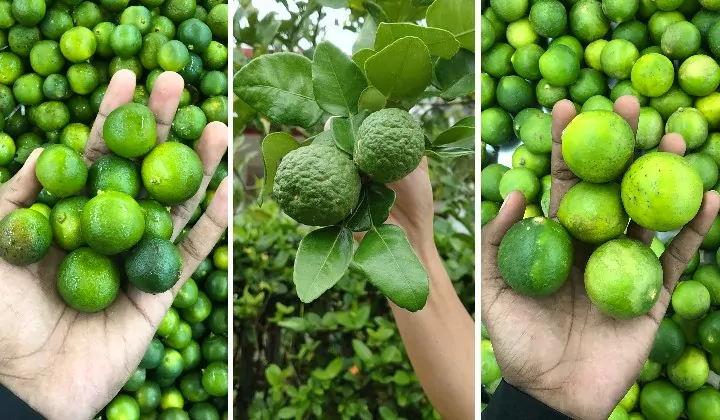
Subscribe to our Telegram channel for the latest stories and updates.
If you order your Limau Ais or Teh O Ais Limau, ever thought of what kind of lime they use? You can’t just put some random lime and expect it to taste like your Mamak Limau Ais or Teh O Ais Limau, nope. It doesn’t work like that.
You cannot, we repeat, CAN NOT use Kaffir lime to make lime juice. That’s not lime juice, that’s a waste of lime(time). *Ba dum tss*

There’s not just one type of lime here in Malaysia, you know. There’re tons! But the main ones are probably the Calamansi lime, Key Lime and Kaffir Lime.
Let’s take a look at each and what they’re used for.
Calamansi Lime
Malay name: Limau Kasturi
Chinese name: kat chai/ 桔子 or kam kat/ 金桔
Scientific name: c. mitis var microcarpa
Calamansi Lime is believed to be a hybrid of kumquat and mandarin orange. It has smooth and round skin with a green-coloured exterior. The interior is sometimes orange or yellow coloured.
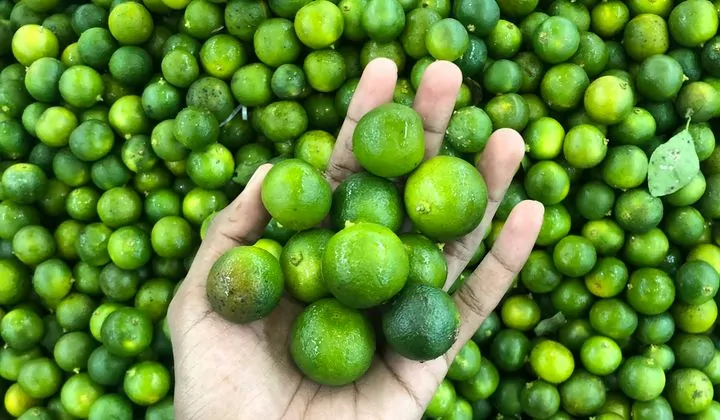
They’re actually the smallest of the three limes. Because they’re the smallest, this makes it easy for us to squeeze the juices out. Even though it’s small, because of the soft flesh, the juice volume in this fruit is the most compared to the other fruits.
Calamansi limes are fragrant, a bit sweet and sour which makes them perfect for making drinks. These are the usual limes your Mamak uses for your Teh O Ais Limau or Limau Ais. The Asam Boi drink also uses this type of lime.

Other than drinks, they’re commonly used in Malaysian cooking as well. One of the dishes that use them is the Sambal Belacan. It’s also used in most dishes as an added flavour before we eat it. For example, our Laksa, Curry Mee and Mee Goreng Mamak are incomplete without a squeeze of our calamansi lime.
Fun Fact: Calamansi lime can also be used to reduce wrinkles and as a natural bleaching agent on the skin.
Key Lime
Malay name: Limau Nipis
Chinese name: Suen Kam/酸柑
Scientific name: Citrus aurantifolia
Also a hybrid of two citrus species, the key lime or acid lime is native to Southeast Asia. A bit bigger than the Calamansi lime, the exterior is smooth and also green. Meanwhile, their insides are a very pale green colour.

Sometimes, they’re the same green as the calamansi limes but you can tell the difference by their smell. Calamansi limes are a bit more fragrant while Key limes smell a bit like sunlight, the dishwashing soap (just a personal opinion).
Even though they’re bigger, they’re a bit harder to squeeze because of the firm insides. They produce less juice content than Calamansi but more than the Kaffir lime.

Key limes are a bit more acidic than Calamansi but they’re also used in the same way sometimes. They can replace the Calamansi in drinks but the drinks would be a bit more tart, zesty and fresher. These are great to go in cocktails or mocktails.
In cooking, they can also be used as an accent to food too. The sour and fresh tastes are mainly there to enhance the savoury flavours of the main dishes such as those Char Kway Teow, Mee Bandung, Tandoori Naan and more. Key Limes can also be used as meat marinades too.
READ MORE: Char Kway Teow, A Constant Source Of Debacle On The Malaysian Internet
Fun Fact: Key lime can also be used to eliminate dandruff and remove body odour.
Kaffir Lime
Malay name: Limau Purut
Chinese name: Jian ye cheng / 箭叶橙 or qing ning / 青柠
Scientific name: Citrus hystrix
Also native to Southeast Asia, Kaffir lime or Makrut lime is totally distinguishable from its bumpy and rough exterior. It’s also dark green on the outside and pale green on the inside.
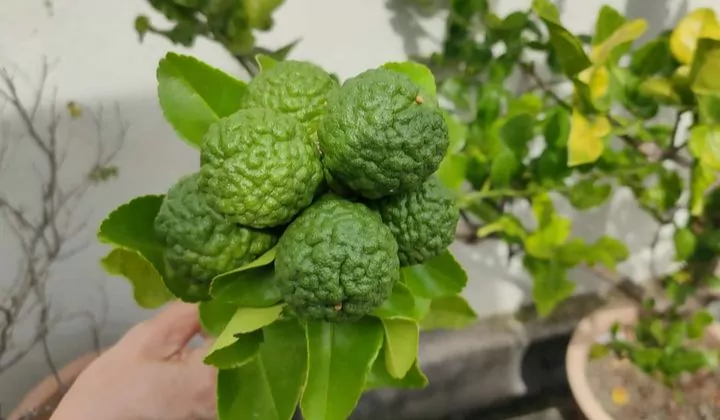
Being the most different of them all, the juice content from this fruit is the least. It’s quite hard to get the juice out of there and even if you did, it’s very sour and bitter. That’s why people don’t really use the fruit in cooking, but they use the leaves.
Kaffir lime leaves are used in Southeast Asian cooking, especially in Thai and Malaysian cuisine. Tom Yum, Paprik, Rendang, curries and more. It gives off a nice fresh aroma and citrus flavour to the gravy.
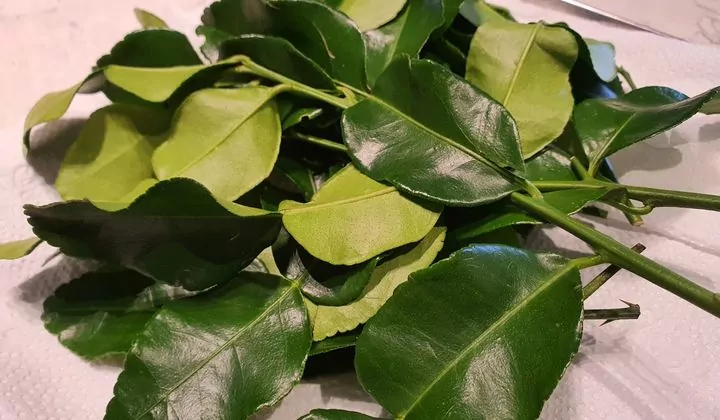
The fruit can be used to steam fish and beef during cooking. Their strong bitter aroma can remove the fishy and bad odour of the raw ingredients. They’re also used in traditional medicine and as household cleaning products.
Fun Fact: Use the even ‘8‘ shaped leaves, not the uneven ones in your cooking so it doesn’t taste too bitter.
Bonus Fact
There are a lot of theories as to how the Kaffir lime got its name. Kaffir is actually an Arab word used for an insult that means heresy or unbeliever. It was said that this was used by Indian Muslims back then to label the fruit that came from Thailand and Sri Lanka, where Buddhists and other non-Muslims predominated.
Another theory was it came from a very offensive background. It was an extremely ethnic racial slur that white colonialists used on the South African slaves once upon a time. By the 20th century, kaffir was widely understood to be a slur in the South African apartheid-era, where the use of the word even became legally actionable.
People don’t usually use that word to describe this fruit nowadays because of its pejorative meaning, instead, they use Makrut Lime.
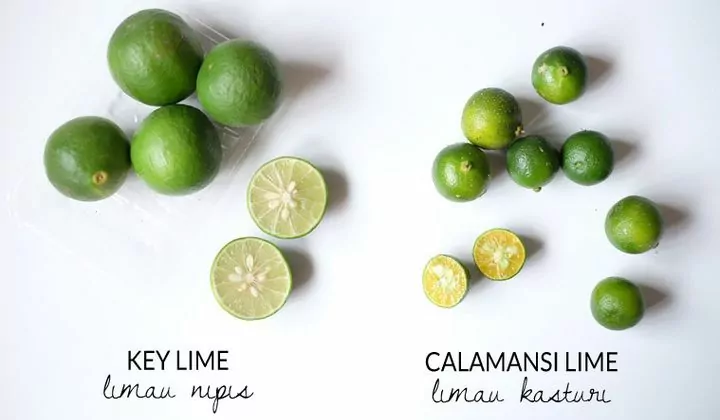
(Credit: Sara Khong / New Malaysian Kitchen)
Actually, it’s easy to mix these fruits up and some of their uses coincide with each other. Both the kaffir and key lime can be used to eliminate the fishy smell of raw fish. Calamansi and key limes are both used as wedged limes flavour enhancers.
No matter which ones you use, just be careful how much you put them. You wouldn’t want your dishes to be extra sour.
READ MORE: Ever Wondered Where These Beetle Looking Bugs In Our Rice Pack Came From?
READ MORE: Study Says White Rice Is Just As Bad As Sugar For Heart Health, Literally Everyone Else Is Skeptical
READ MORE: 7 Ways To Stop Ants From Getting Into Your Sugar Jar
Share your thoughts with us via TRP’s Facebook, Twitter, and Instagram.





